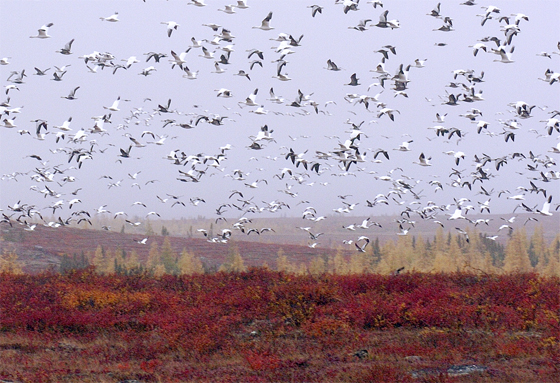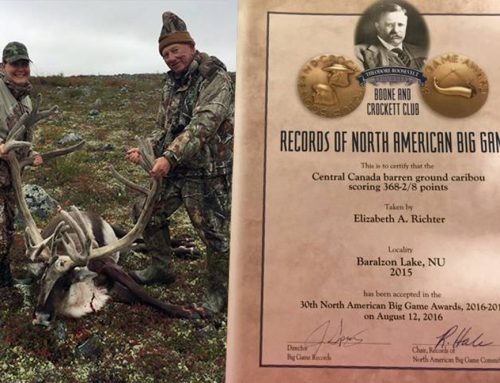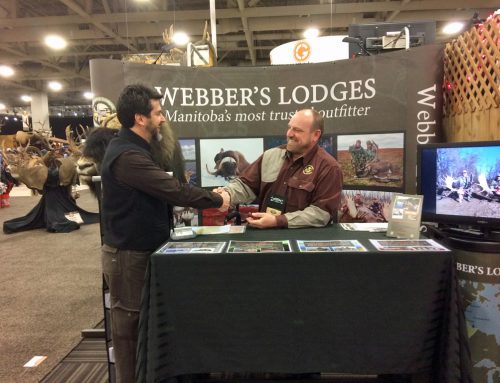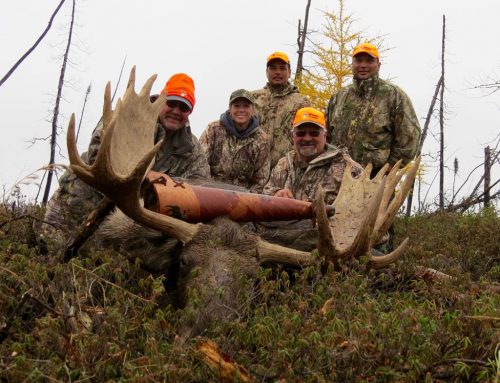We’ve all been taught that geese mate for life, and that may be true if both live to a ripe old age. Most geese will re-mate after a partner’s death, sometimes within days. Divorce occurs only occasionally. The recorded age of banded birds varies from 12 to 80 years and one captive couple was known to have been mated for 42 years!
Canada Geese are found from Mexico to the Arctic and from the Atlantic to the Pacific, but a mated pair returns to the same nesting spot year after year. That may be on the tundra or in fields, in trees or on cliffs, as long as there is water nearby.
Geese will accept man-made nests or reuse abandoned nests built by other birds, such as crows or hawks. Their favourite nesting sites include the tops of muskrat lodges or beaver dams. They use whatever materials are close at hand and the female lines the nest with down from her breast. The gander defends the nesting area and he determines how large that area will be.
Eggs are laid anytime from early March in the United States to early June in the Arctic. The female goose lays one egg every other day until her clutch is formed. Up to 12 eggs are possible, but five to eight is normal. The first eggs are camouflaged and it doesn’t matter if they get cold.
Halfway through the laying process the female will start to line her nest with down from her own breast for insulation. Only when all the eggs are all laid will she start incubating them, so that all the eggs hatch at the same time, 28 or 29 days later.
The female stays on the nest at all times, except for a few outings for food and water, and she can lose a lot of weight during the incubation period. The male stays close and defends the nest, but otherwise does not assist his mate with the housework.
Canada geese utter 10 different vocalizations. They definitely communicate with each other. During migration, they will honk from behind to encourage those up front to keep up their speed.
When a goose gets sick or wounded and falls out of formation, two other geese will follow it down to provide help and protection. They will stay with the fallen goose, often at their own peril, until it dies or is able to fly again.
True friends… to the end.
—————————
Edited notes above from our Cranberries & Canada Geese Cookbook





Leave A Comment